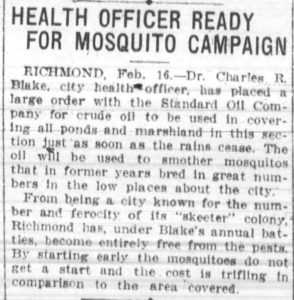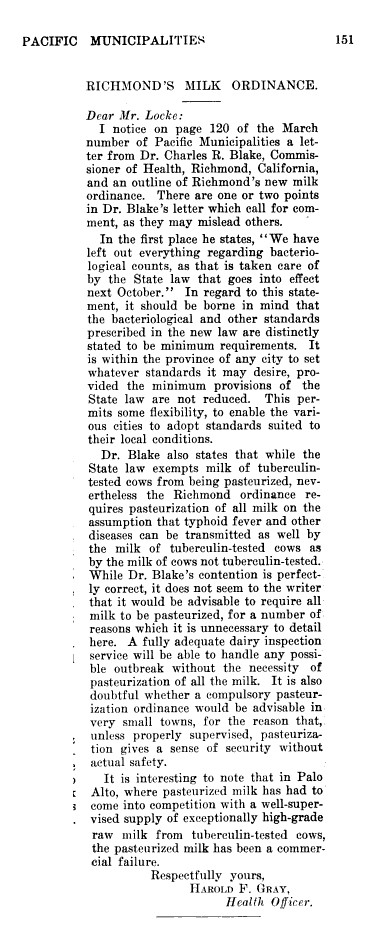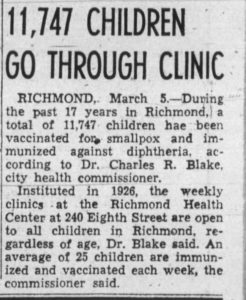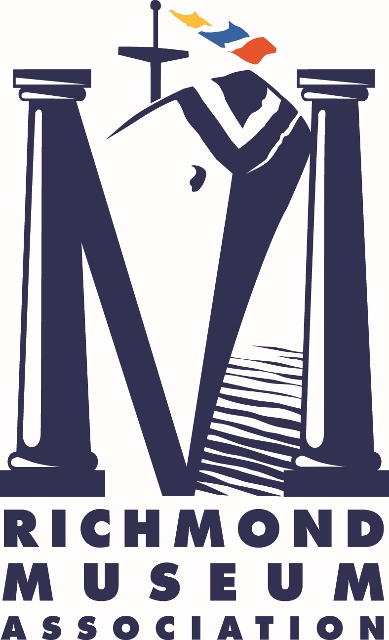Summer 2022 MIRROR Newsletter
The RMA is happy to release the Summer 2022 issue of the MIRROR newsletter: The MIRROR Summer 2022
The RMA is happy to release the Summer 2022 issue of the MIRROR newsletter: The MIRROR Summer 2022
We are launching an exciting new Virtual Field Trip Program here at the Richmond Museum of History and Culture. We offer grade specific tours for students aged K-12 as well as companion lesson materials for teacher use. Include RMHC in your distance-learning toolkit!

Our extensive teacher guides tie in museum content with relevant CA Content Standards in the areas of History and Social Sciences as well as Speaking and Learning. They include in-depth background information and hands-on activities for topics including (but not limited to) local pre-colonial cultures, the Spanish missionary period, WWII industries, and the Black Panther movement. Additionally, we have the capacity to work with you to tailor tour content to your class?s specific needs.?
We will be launching this program in January of 2021, please feel free to book now to guarantee your spot! Virtual field trips can be booked any time during school hours, Mondays through Thursdays. Please indicate your interest in scheduling a virtual field trip by filling out this google form, RMHC Field Trip Request Form.?
If you have any additional questions, please contact our museum educator, Maya Colbert, at maya@richmondmuseum.org.
RMHC is proud to support award-winning filmmaker Doug Harris and his documentary exhibit about the Exploration of Our History.
The Documentary Photo Exhibit is comprised of 86 photographs and 15 video clips from the award winning four-part An Exploration of Our History?documentary series that chronicled the history of the North Richmond community from a socio-economic perspective. The documentaries were?produced by teens?to chronicle and preserve the rich history of their West Contra Costa County community.
Photos for the documentary films were furnished by the Richmond Public Library, Contra Costa Contra Library, Contra Costa County Historical Society, and several community residents that were interviewed for the series of films.
The project was conducted through the Digital Technology Academy, a media arts program for teens in partnership with Contra Costa County, City of Richmond, the California Endowment, and Athletes United for Peace. The exhibit was made possible by a grant from the Richmond Arts & Culture Commission.
Below are some of the images from the documentary exhibit:
See full exhibit at www.dougharrismedia.com/exhibit.
 We hope you enjoy this most recent issue of the MIRROR newsletter. Thanks so much for the entire newsletter team for coming together to publish this issue during the COVID-19 pandemic.
We hope you enjoy this most recent issue of the MIRROR newsletter. Thanks so much for the entire newsletter team for coming together to publish this issue during the COVID-19 pandemic.
The Museum and Ship both remain closed to the public to adhere to the shelter in place order. Thanks to everyone who has stayed home.? California is flattening the curve!
Click here for the Spring 2020 issue of the MIRROR. MIRROR Spring 2020 – FINAL
Dr. Charles Robert Blake (September 9, 1869 – December 27, 1944) was the public health officer in charge when the Spanish Flu swept through the City of Richmond in 1918-1919. The museum archives holds the secrets about how our community emerged stronger from past epidemics.
Charles Robert Blake was born September 9, 1869 in Visalia California. He attended public schools throughout his life and attended University of California for Medical School graduating in 1891.

Charles is listed as residing at 1844 Geary Street in San Francisco but the historical buildings there have since been demolished. OpenSFHistory.org allows us a peek of his neighborhood with a photograph of the intersection of Geary and Steiner on October 18, 1916.

Charles worked for several years in Hawaii after graduating from medical school. He married Lilian Hoog of Oakland in 1898 and they had one son Herbert in 1900. The 1900 census lists Charles, Lilian and baby Herbert living in the City of Hilo on the Big Island of Hawaii. Charles came to Richmond in 1903 and was elected to the City Council as early as 1907.?
Dr. Blake enacted many important changes to improve public health in the City of Richmond, aspects of life that many of us take for granted today. In 1914 he set out on a mosquito abatement campaign while also managing outbreaks of diptheria and measles.?



In 1916, Dr. Blake began requiring all milk sold in local markets to be pasteurized when the State board of health did not require pasteurization of milk tested with tuberculin.

In 1917, Dr. Blake crusaded for improvements in the outdoor Municipal Market, complaining that dirty water, unsanitary food storage and nearby open latrines were a threat to public health.?

Dr. Blake worked as a public health official until 1943 and navigated the changes brought with the influx of people that came here to work in the Kaiser Shipyards. He voiced his concerns for overall public health in the City of Richmond warning the health of the City would explode from unsanitary conditions. Widespread vaccinations of over 10,000 children was celebrated as one of the successes attributed to Dr. Blake during his tenure as a public health officer.


Dr. Blake died in 1944 having served as Health Commissioner up until the previous year. His last days as a public health official were spent managing the boomtown conditions of Richmond during World War II.
Stay tuned for more coverage on Dr. Blake and the Spanish Flu in the City of Richmond.
